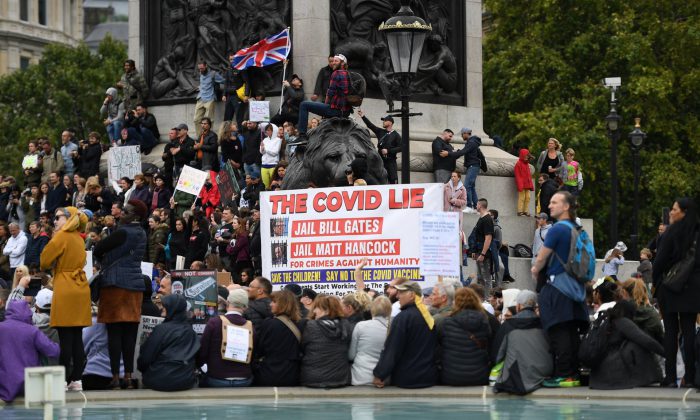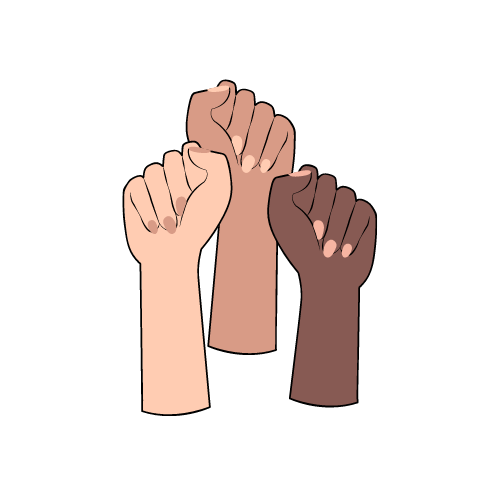When talking about (social) media, we also have to address the topic of censoring. Briefly, censoring or censorship is the suppression of speech, because this speech is harmful. Censoring is also being done by big social media platforms. These platforms, like Facebook and YouTube, have policies regarding what is and is not allowed to be shared on the platform. When you share something that is considered harmful, it will be deleted from the platform. Violent images, nudity and hate speech are types of information that are being censored. It is however very difficult to determine what should and should not be censored, as also Tufekci (2017) pointed out: “What determines the kind of content that is allowed on platforms and the kind that is removed, censored, or suppressed? There is no simple answer.” (p. 146).

Currently, COVID-19 misinformation is a big issue. For example, in The Netherlands, the spread of non-scientific information and conspiracy theories regarding the virus is only increasing, with more and more people questioning and not adhering to the government regulations. Especially on YouTube, this kind of information is widely spread. Many videos containing conspiracy theories have been uploaded and now have hundreds of thousands views. These kind of videos become concerning when those who are watching and sharing this information do not adhere to the rules and because of that endanger others. Facebook says it tackles the spread of this kind of information by deleting it. The platform took down over 7 million posts between April and June to fight the spread of misinformation (Lerman, 2020). Also YouTube bans information that contradicts the advice from the World Health Organization (WHO) (Criddle, 2020). This does not mean, however, that all misinformation has disappeared from the platforms or that no one is able to see the misinformation before and if it gets deleted. What makes these kind of videos and posts even more problematic are the algorithms of the platforms. When you watch a conspiracy video, the YouTube algorithm then recommends videos that are similar to the videos you have watched. This means that the algorithms then only feed the cycle of misinformation. Although the platforms have non-political functions, their censorship policies and algorithms can make them politically powerful, since they can decide what information is being spread and what information is not (Tufekci, 2017).
The censoring of this kind of misinformation is done in order to protect others. But what about intellectual freedom? Shouldn’t that also be protected? Intellectual freedom is the right to think, study, search and receive any information without restrictions. This means that by censoring, these platforms are limiting our intellectual freedom. Should we all have the right to intellectual freedom even when this leads to the endangerment of others? Should these platforms be allowed to decide what kind of information we can see? And who decides what should be censored? Just like Tufekci said, there are no simple answers. Although I believe that intellectual freedom and freedom of speech are very important, it should at the same time not lead to the endangerment of others. However, I also believe that censoring is not the right way to tackle the spread of harmful misinformation.
What do you think? Should platforms and their algorithms be allowed to share misinformation, or should it be censored?
References
Criddle, C. (2020, October 14). Coronavirus: YouTube bans misleading Covid-19 vaccine videos. Retrieved from https://www.bbc.com/news/technology-54541517
Lerman, R. (2020, August 11). Facebook says it has taken down 7 million posts for spreading coronavirus misinformation. Retrieved from https://www.washingtonpost.com/technology/2020/08/11/facebook-covid-misinformation-takedowns/
Tufekci, Z. (2017). Twitter and Tear Gas-The Power and Fragility of Networked Protest. Yale University Press.

